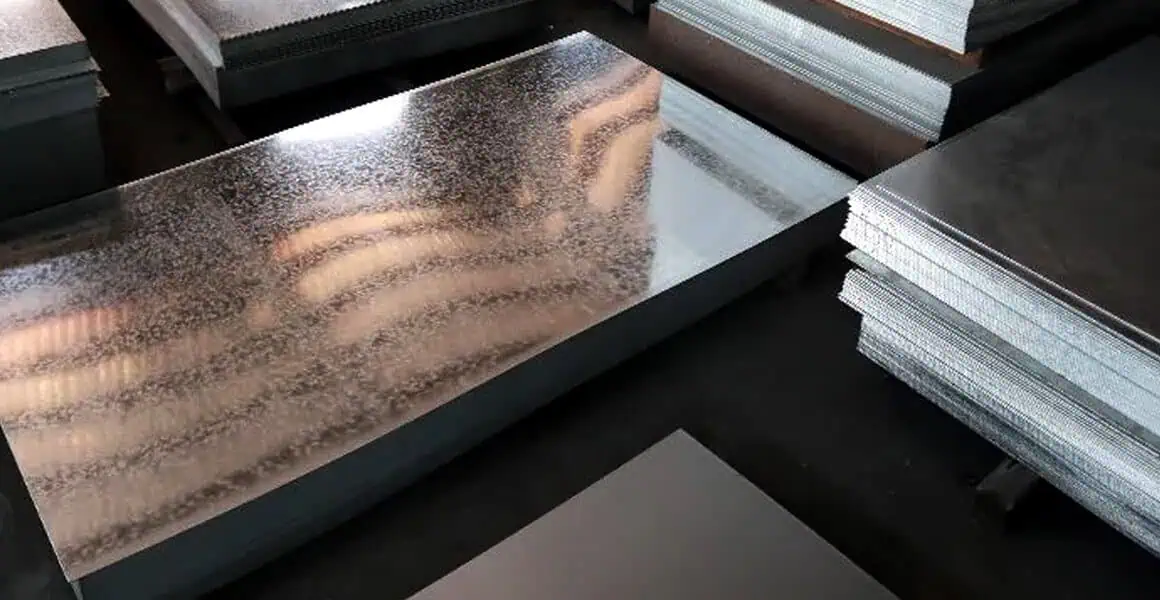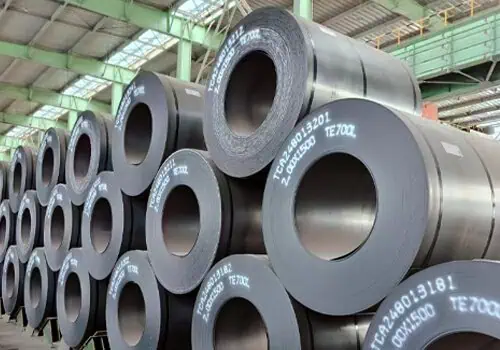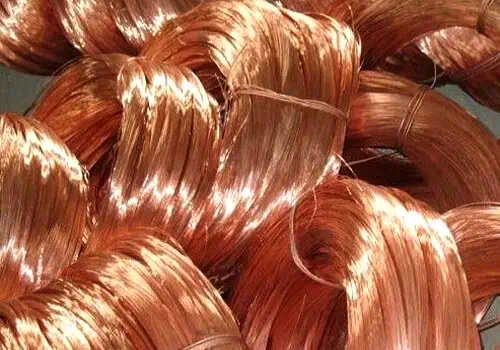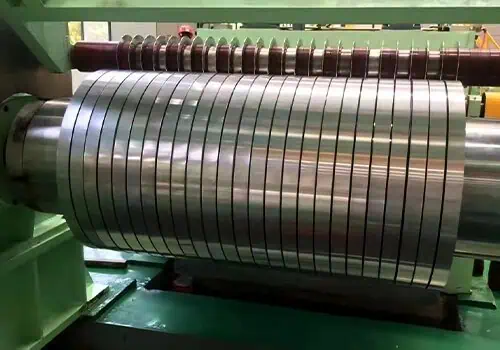Although galvanized steel appears to be ideal, there are some hidden downsides that may influence your buying decision. Before you place your next major order, make sure you understand the reality.
Galvanized steel resists rust, but it’s not perfect. Its zinc coating complicates welding and painting, and it may become costly or unsustainable for large-scale use.
Let’s break down the main disadvantages and what they mean for your business.
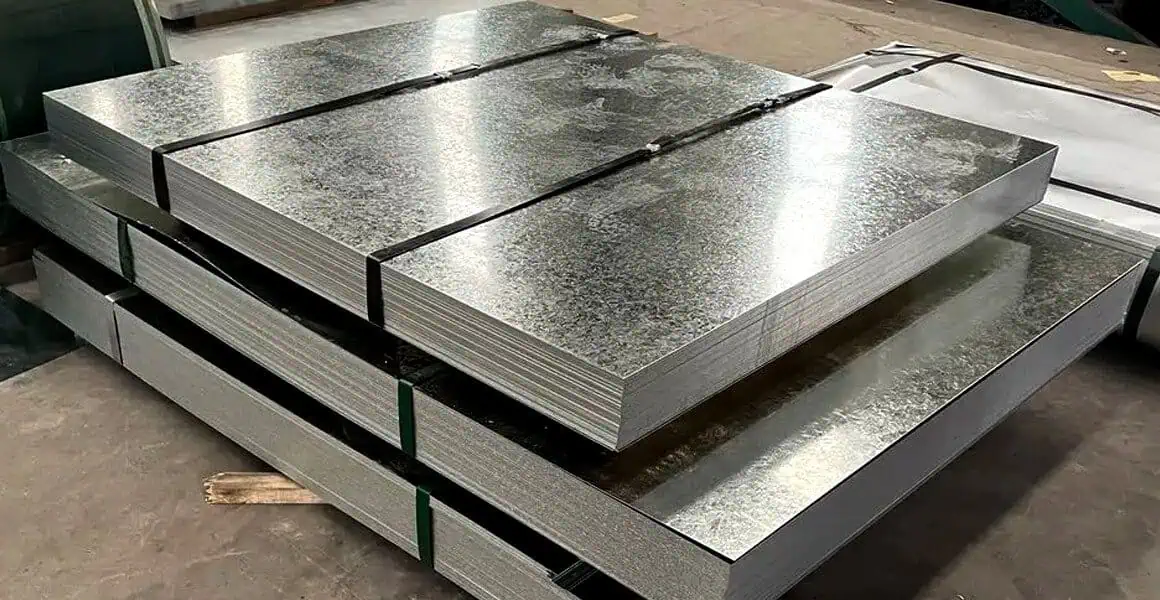
What Are the Disadvantages of Galvanized Steel?
Many purchasers see galvanized steel as a low-maintenance, corrosion-resistant material suitable for building and industry. While these advantages are valid, the downsides of galvanized steel should not be overlooked, particularly by foreign purchasers who want constant quality and cost effectiveness.
One important disadvantage is the difficulty in processing. The zinc coating on galvanized steel coil and galvanized steel sheet forms barriers for welding and painting. If these materials are not properly welded, hazardous vapors are produced, and joint strength is reduced. Similarly, painting needs a specific surface preparation for good adherence.
Another concern is the initial expense. Though galvanized steel lasts longer, the initial cost is frequently more than bare steel. This cost differential is significant for large-volume purchasers. Galvanized steel plate can also become brittle when exposed to high temperatures or moisture and air pollution for an extended period of time. While the advantages of galvanized steel are enticing, importers must consider the pros and cons of galvanized steel before choosing whether it is the best match.

Is Galvanized Steel Bad for the Environment?
Environmental effect is becoming an important selection element for global purchasers, particularly those with government clients or eco-conscious partners. While galvanized steel is recognized for its toughness, the environmental impact of its manufacture cannot be overlooked.
The galvanization process entails immersing steel in molten zinc at temperatures above 450°C. This energy-intensive process raises the carbon footprint of galvanized steel pipe, tube, and wire. Furthermore, waste zinc and other chemical byproducts can seep into nearby ecosystems during processing, especially if environmental controls are ineffective.
In countries where environmental control is inadequate, the dangers of galvanized steel can become serious. Zinc discharge contaminates groundwater and affects plant and aquatic life. For sustainable procurement, buyers can inquire about the supplier’s ISO 14001 certification or seek Environmental Product Declarations (EPD). Understanding the advantages and disadvantages of galvanising is critical if your firm values corporate responsibility or has to satisfy ESG requirements.
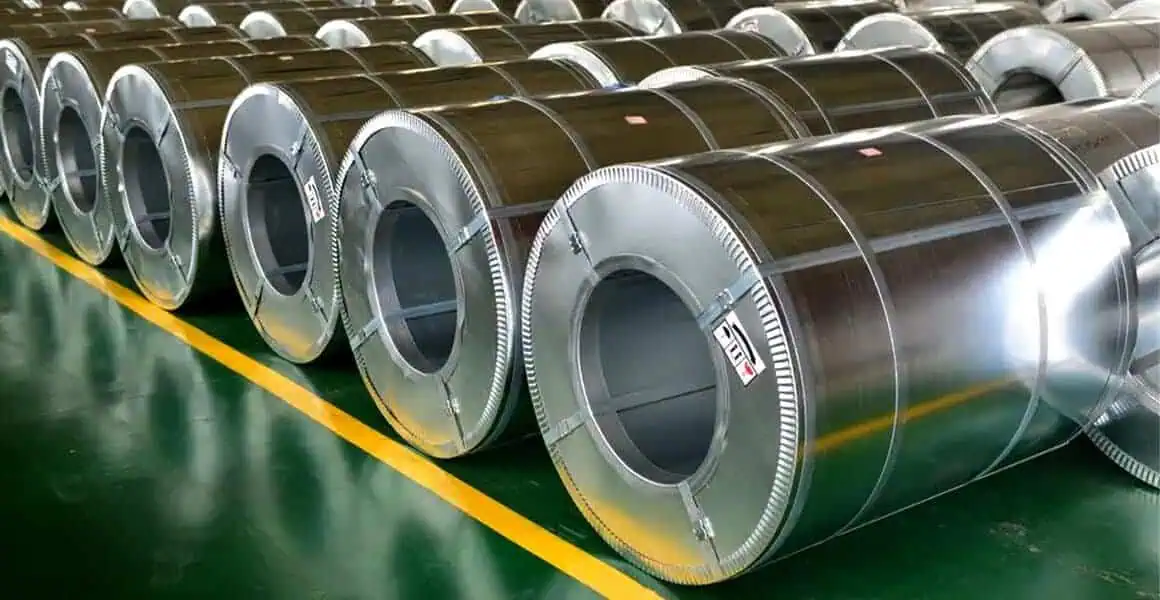
How Long Does Galvanized Steel Last?
Galvanized steel is known for its durability, but its lifetime is dependent on a number of elements, particularly climatic conditions. On paper, galvanized steel may survive between 20 şi 50 years, and even longer in perfect conditions. However, in coastal locations or areas with high humidity and air pollution, the lifetime might be significantly decreased.
For example, galvanized steel wire used in oceanfront fence may begin to corrode in as little as 10-15 years. That’s because salt-laden air hastens zinc oxidation. In contrast, in dry inland locations, galvanized steel tubing or coil used for structural frameworks can survive for over 40 years with no maintenance.
Buyers exporting to tropical countries, such as Brazil or the Philippines, must account for reduced durability. Choosing a thicker zinc coating or duplex systems (paint and galvanizing) can assist. We frequently advise our clients on acceptable specs for their local climate, therefore decreasing complaints and replacements down the line.
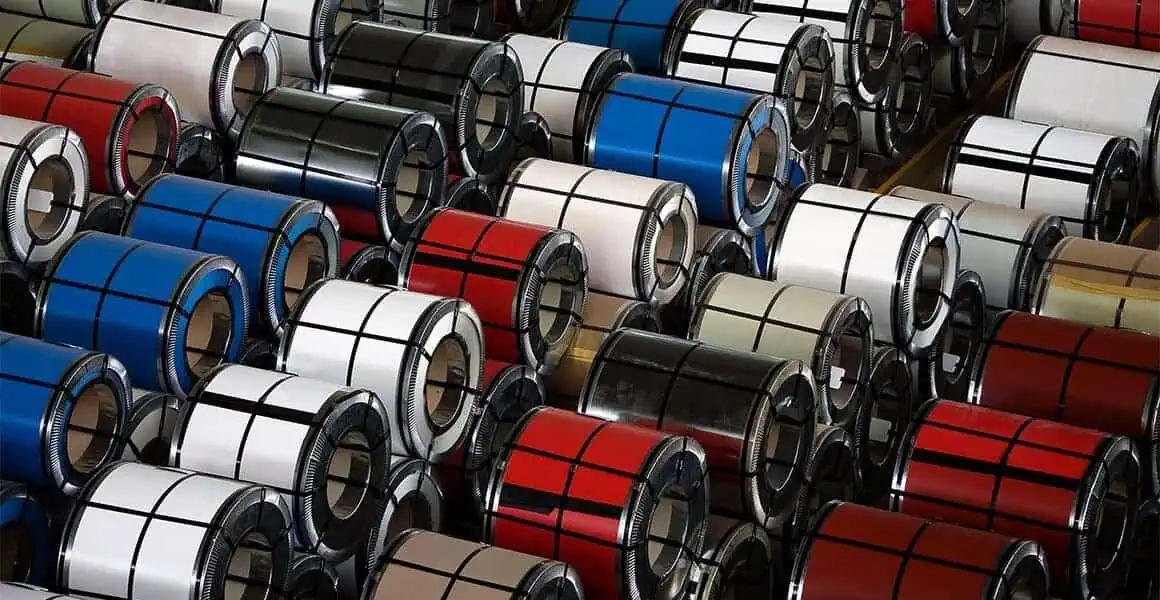
Does Galvanized Steel Rust?
One of the most popular misconceptions is that galvanized steel is totally “rust-proof.” In fact, it is “rust-resistant.” The zinc coating functions as a sacrificial layer, corroding before the steel underneath. When that coating is broken, rust develops fast.
For example, if a galvanized steel plate is damaged during loading or a galvanized steel coil is handled incorrectly during customs inspection, the exposed metal becomes susceptible. Even micro-cracks in humid or salty settings can cause surface rust in a few weeks. That is why adequate packing is required when shipping galvanized steel sheets or pipes across large distances.
We’ve witnessed instances when clients did not unwrap shipments promptly upon arrival. Moisture became trapped, resulting in crimson rust and conflicts. This is why we use VCI packaging and waterproof films for all of our exports. Even the greatest material will not work if the zinc barrier is damaged. Rust is more than simply an aesthetic concern; it reduces service life and harms reputations.

How Does Galvanized Steel Compare to Stainless Steel?
Clients commonly ask us to compare galvanized and stainless steel, especially when purchasing important infrastructure. What’s the quickest answer? Although stainless steel is more durable, galvanized steel is the most economical alternative in most ordinary applications.
Stainless steel includes chromium, making it corrosion-resistant without the need for external coatings. It can endure high levels of salt, heat, and acidity, making it ideal for coastal facilities, chemical plants, and food-grade applications. However, the cost might be two to three times that of galvanized steel pipe or plate.
By contrast, galvanized steel coil is more affordable and easier to source in large volumes. It provides sufficient protection for most environments and is recyclable, weldable, and structurally strong. For projects in mild climates or short-to-mid-term use situations, galvanized steel finds the correct mix. We assist importers examine datasheets, projected lifespans, and long-term cost implications to find the correct solution. We sometimes advocate combining the two materials for certain structural components.
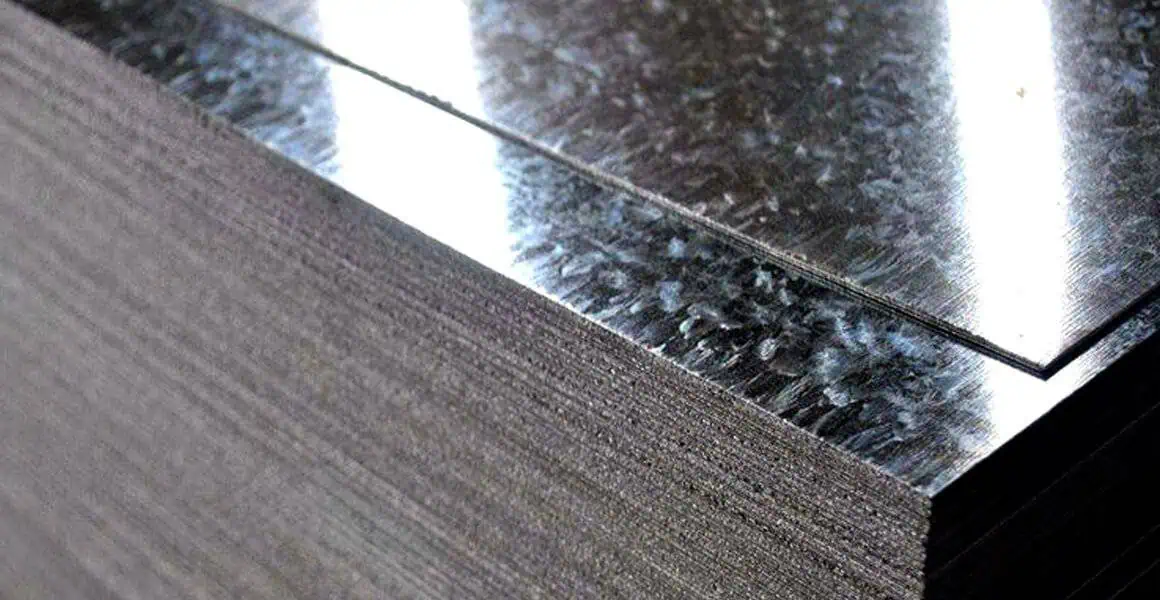
Can You Weld on Galvanized Steel?
Welding is an important step for many customers who intend to manufacture following import. However, welding on galvanized steel necessitates additional safety measures and preparation processes.
When welding galvanized steel pipe or sheet, remove the zinc covering surrounding the weld zone. Otherwise, the heat would evaporate the zinc, releasing dangerous vapors that can result in metal fume fever, a major health concern. Proper ventilation and PPE are required, but even so, weld quality may deteriorate.
The method also raises labor expenses. Cleaning, post-weld grinding, and possibly recoating all take time and resources. Some consumers prefer pre-galvanized components or submit products for hot-dip galvanizing after welding.
We give our clients with pre-marked galvanized steel plate with weld-safe zones, as well as MSDS documents and safety recommendations. Understanding this is critical for estimating cost and process for structural manufacturing projects.
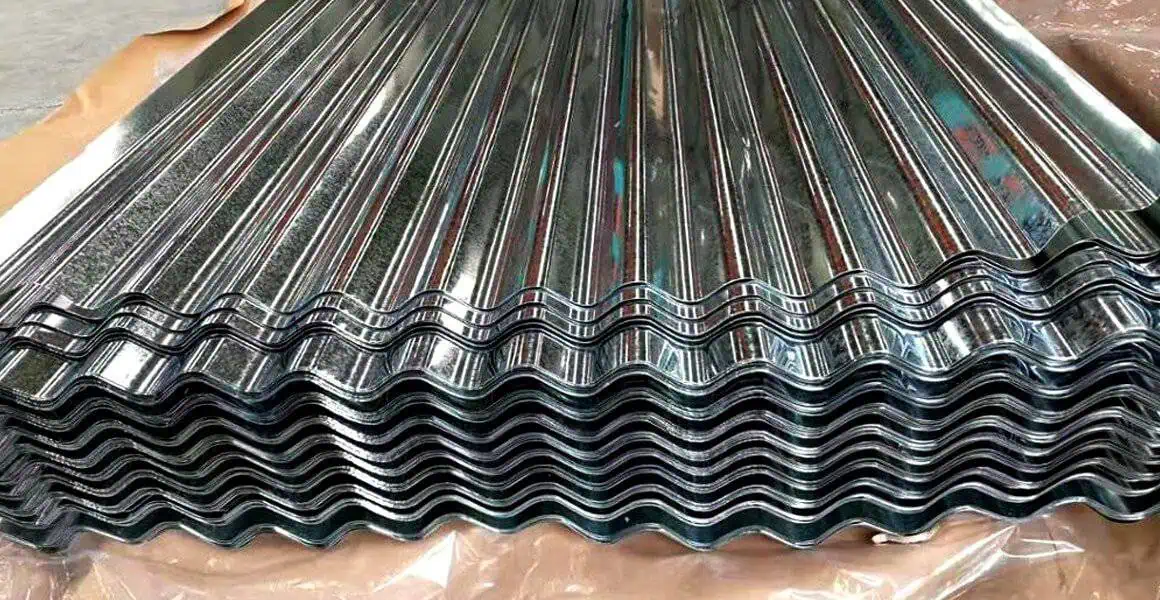
Can Galvanized Steel Touch Regular Steel?
If you plan to use galvanized steel in conjunction with uncoated steel parts, be cautious. Galvanic corrosion can occur when two dissimilar metals come into contact—especially in the presence of moisture.
Under those conditions, an electric current occurs between the metals, with one (usually zinc) acting as the sacrificial anode. This accelerates the deterioration of the galvanized steel, defeating the point of applying it in the first place.
For example, we’ve seen instances where galvanized steel tube frames were attached to carbon steel anchors, only to have corrosion emerge at the contact points within months. The remedy is to insulate the metals using plastic spacers, rubber washers, or protective sealants.

Galvanized Vs Painted Steel Cost: Which Is Better for Importers?
Cost analysis is crucial, especially for importers operating on tight margins and extended transit periods. Many clients evaluate the costs of galvanized vs painted steel to determine which is more cost-effective in the long run.
Painted steel often appears cheaper at first glance. However, the paint fades, chips, and needs to be reapplied every 3-5 years, particularly in humid or hot areas. Labor and downtime costs can quickly build up. Additionally, coated steel does not adequately cover edges and corners, which are the most vulnerable areas.
Galvanized steel, on the other hand, may cost somewhat more per ton at first, but it provides longer-lasting protection and requires less lifetime care. A galvanized steel coil used for roofing, for example, can last 25 years without needing to be repainted, whereas painted steel requires 2-3 recoats in the same time span.
We assist our clients in calculating lifetime ROI by taking into account climate, labor costs, logistics, and coating performance. If you’re selling in a competitive secondhand market like Brazil, this information can help you safeguard your bottom line and create client confidence.
Summary
Now that you’ve learned about the negatives, let’s speak about solutions. Contact us immediately to discuss inspection, price, and logistics.

